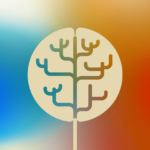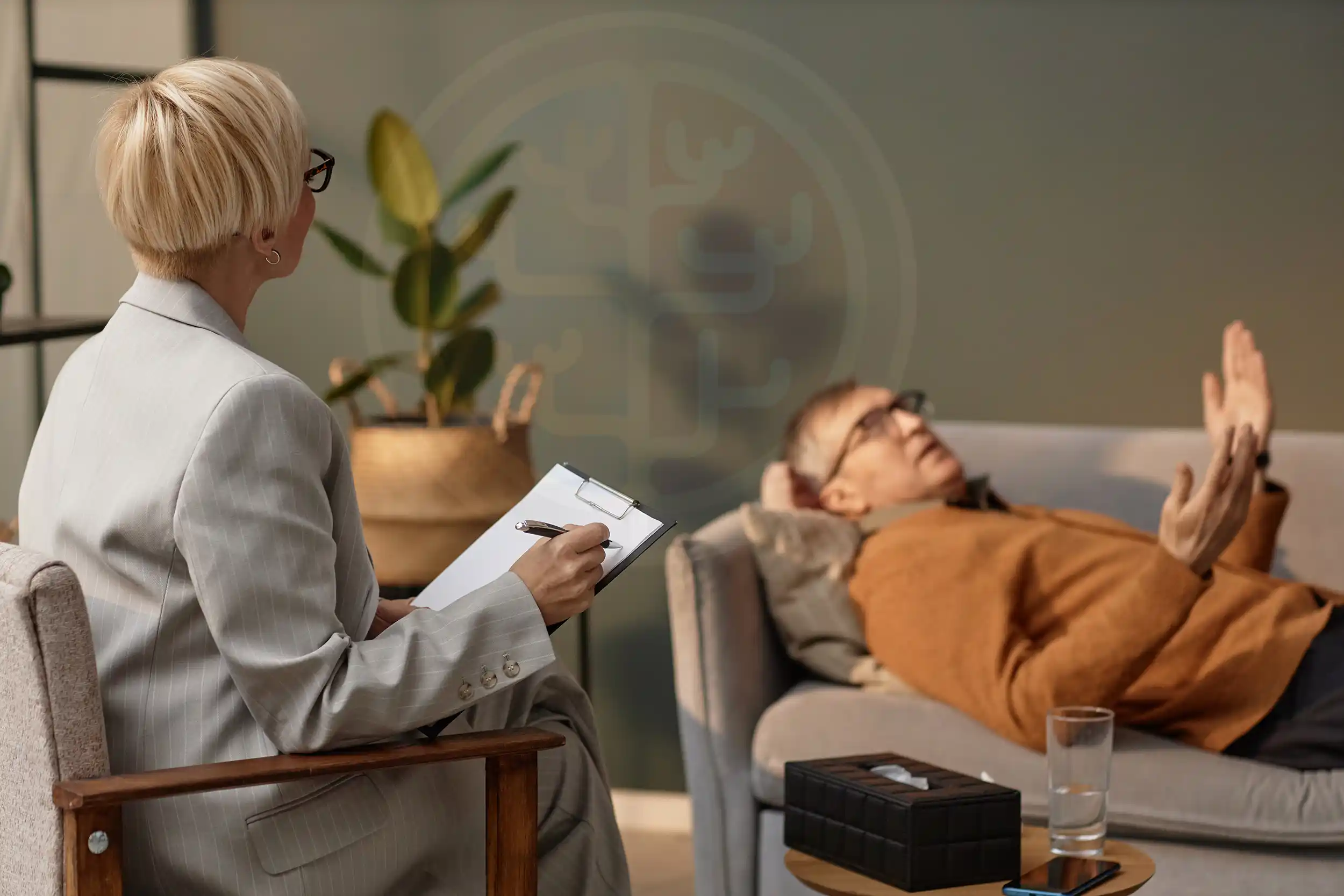
May 16, 2025
Have you ever had frequent headaches, muscle tension, intestinal disorders or constant tiredness without a clear medical cause? The body often speaks to us, but we are not always able to listen to it. Sometimes, its language is a silent but powerful reflection of what is happening and living inside us.
The link between mind and body is much deeper than we often imagine. Emotions such as anxiety, anger, sadness or prolonged stress can manifest themselves through physical symptoms. This phenomenon is called psychosomatics: a dimension in which body and mind are not separate, but deeply interconnected and live in continuous dialogue, even when we do not realise it. It is the language with which the mind communicates through the body: what is real in the mind can also become real in the body, and apparently inexplicable physical symptoms can be the expression of an unprocessed emotional experience or of an upsetting event (Porcelli, 2022).
Traumatic experiences or unprocessed emotions can remain 'engraved' in the body, changing the normal functioning of our nervous and immune systems, profoundly affecting our physical well-being. The body, in a sense, remembers what the mind may be trying to forget. It is therefore essential to recognise the role of the emotions we experience and the impact of difficult or traumatic events among the possible factors involved in the genesis of many physical symptoms. These are not 'imaginary illnesses', but real signals to be listened to carefully, without judgement, and received with loving acceptance. It is from there that the path to healing and deeper well-being can begin (Van der Kolk, 2014).

There are different approaches to listening to oneself. Of these, mindfulness is particularly powerful: a practice that teaches us to get in touch with our bodies and emotions through awareness of the present moment (Kabat-Zinn, 1990). But it is not the only tool available. Techniques such as body exercises geared towards emotional self-regulation, mindful breathing and sensorimotor integration are other effective practices that help us re-establish the balance between mind and body, bringing concrete benefit to our psychophysical health (Dana, 2018).
The activities and courses we offer at the Centre for Psychology and Well-being in Zurich were created with the aim of accompanying people on a path of awareness, listening and integration, also working on a bodily and emotional level. With a professional and human approach, we aim to help each person reconnect with themselves, promoting a harmonious and lasting mental and physical well-being.
Our invitation is simple: start listening again to what the body has to tell us. Because it is often from there that the road to getting better, in our whole being, can begin.
Bibliography:
Dana, D. (2018). The Polyvagal theory in therapy: Engaging the rhythm of regulation (Norton series on interpersonal neurobiology). WW Norton & Company.
Kabat-Zinn, J. (1990). Full Catastrophe Living: Using the Wisdom of Your Body and Mind to Face Stress, Pain, and Illness. New York: Delacorte. (tr. it. Living Moment by Moment: How to Use the Wisdom of Your Body and Mind to Defeat Stress, Pain, Anxiety, and Illness. Milan: Corbaccio, 2021).
Porcelli, P. (2022). Psychosomatic medicine and clinical psychology: Theoretical models, diagnosis, treatment (New ed). Raffaello Cortina.
Van der Kolk, B. A. (2014). The Body Keeps the Score: Brain, Mind, and Body in the Healing of Trauma. Viking.
© 2025 Centro Psicologia e Benessere GmbH – Tutti i diritti riservati. Vietata la riproduzione, anche parziale.
 Usiamo cookie tecnici per migliorare l’esperienza di navigazione.
Usiamo cookie tecnici per migliorare l’esperienza di navigazione.






